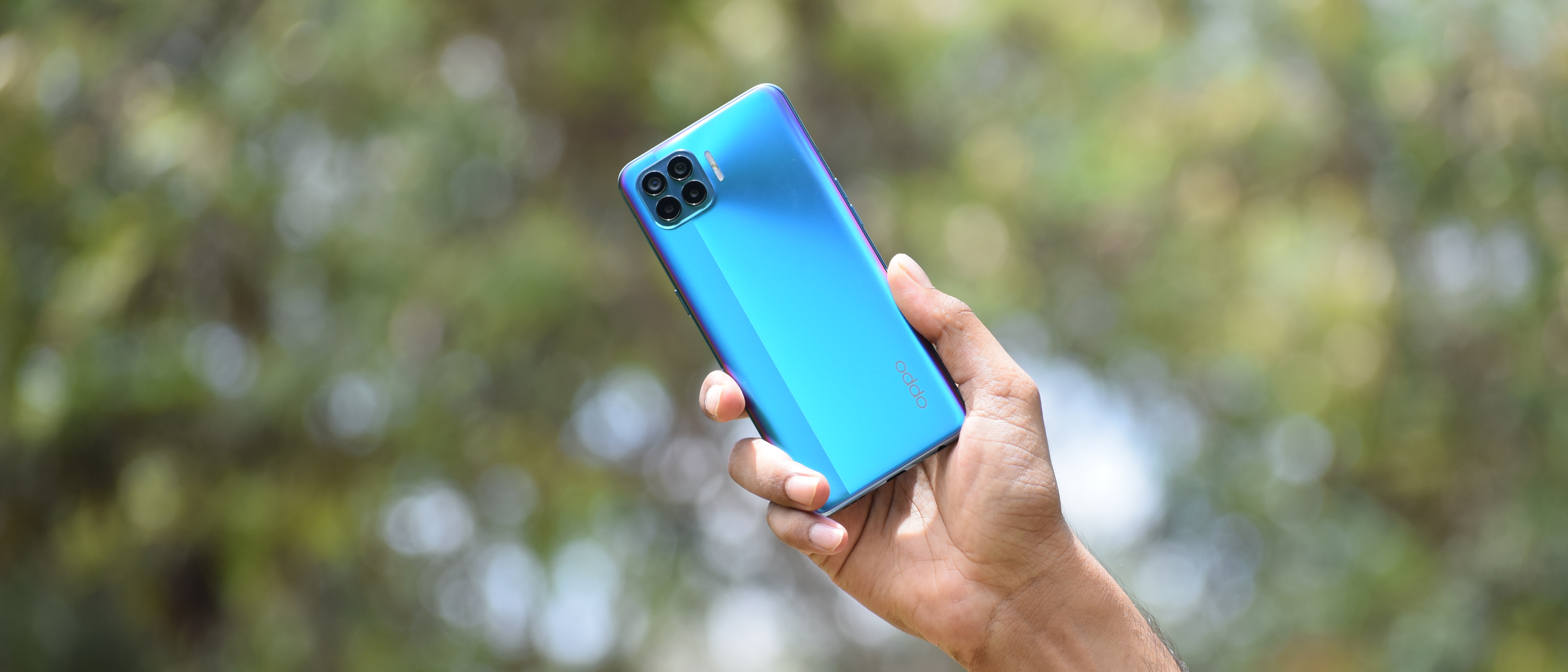Why you can trust TechRadar
Performance and gaming
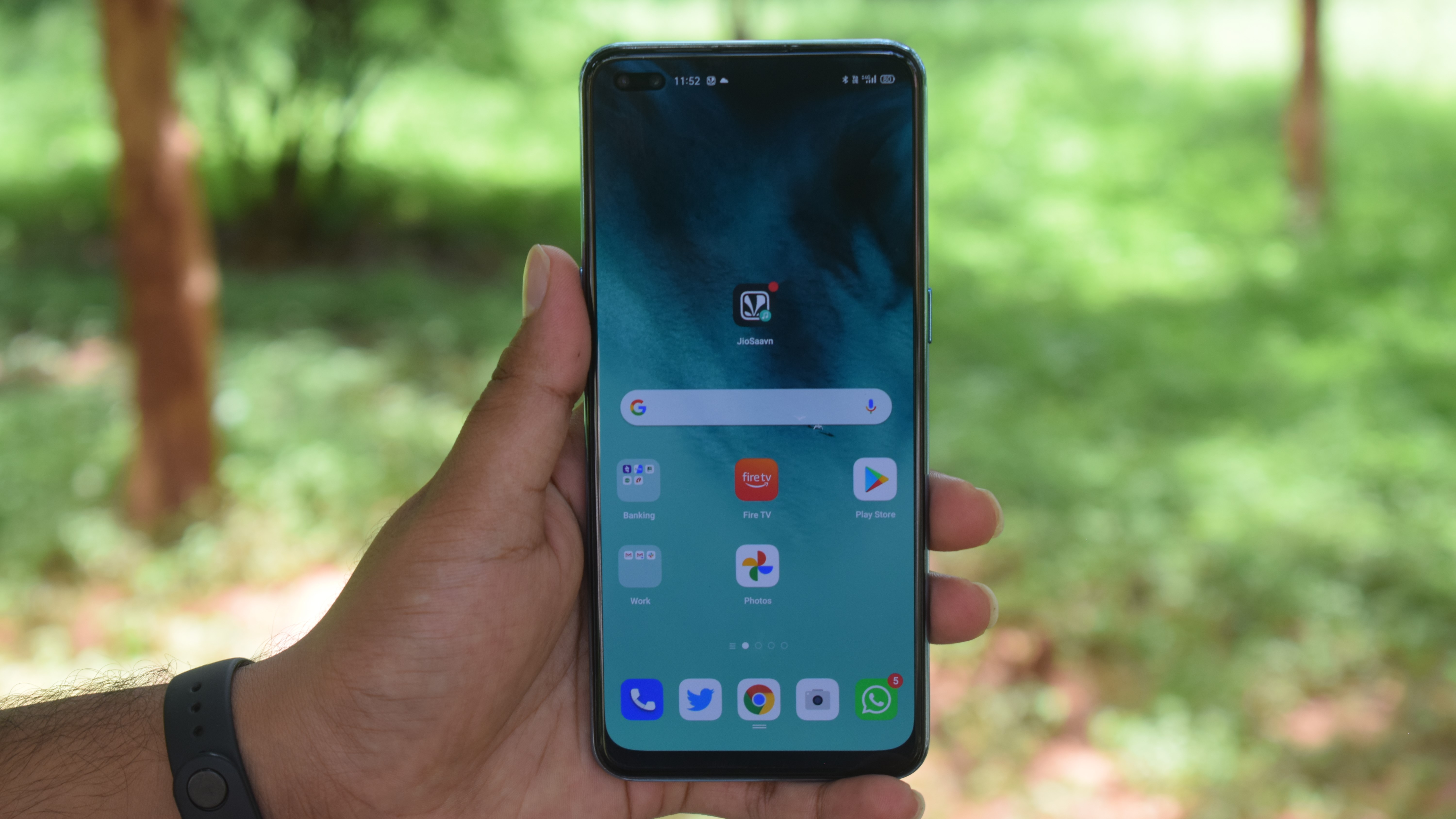
- MediaTek Helio P95
- 8+128GB storage
- MediaTek HyperEngine
The Oppo F17 Pro opts for an octa-core MediaTek P95 chipset which powered the Oppo Reno 3 Pro. It has the four Arm Cortex-A75 clocked at 2.2GHz and four Arm Cortex-A55 at 2GHz. Graphics are taken care of by the IMG PowerVR GM 9446 GPU. This is paired with 8GB of LPDDR4X RAM and 128GB UFS 2.1 internal storage with a microSD card slot for storage expansion.
The chipset, as well as the phone, comes with a ton of AI features and camera modes. The chipset performs quite well with day to day tasks such as surfing through social media, playing videos, and texting. We had no issues with the device for light to medium usage. When it comes to handling heavy tasks like capturing an image (night mode), it takes a few seconds more. It was same while opening heavy apps and games, finishing photo processing etc.
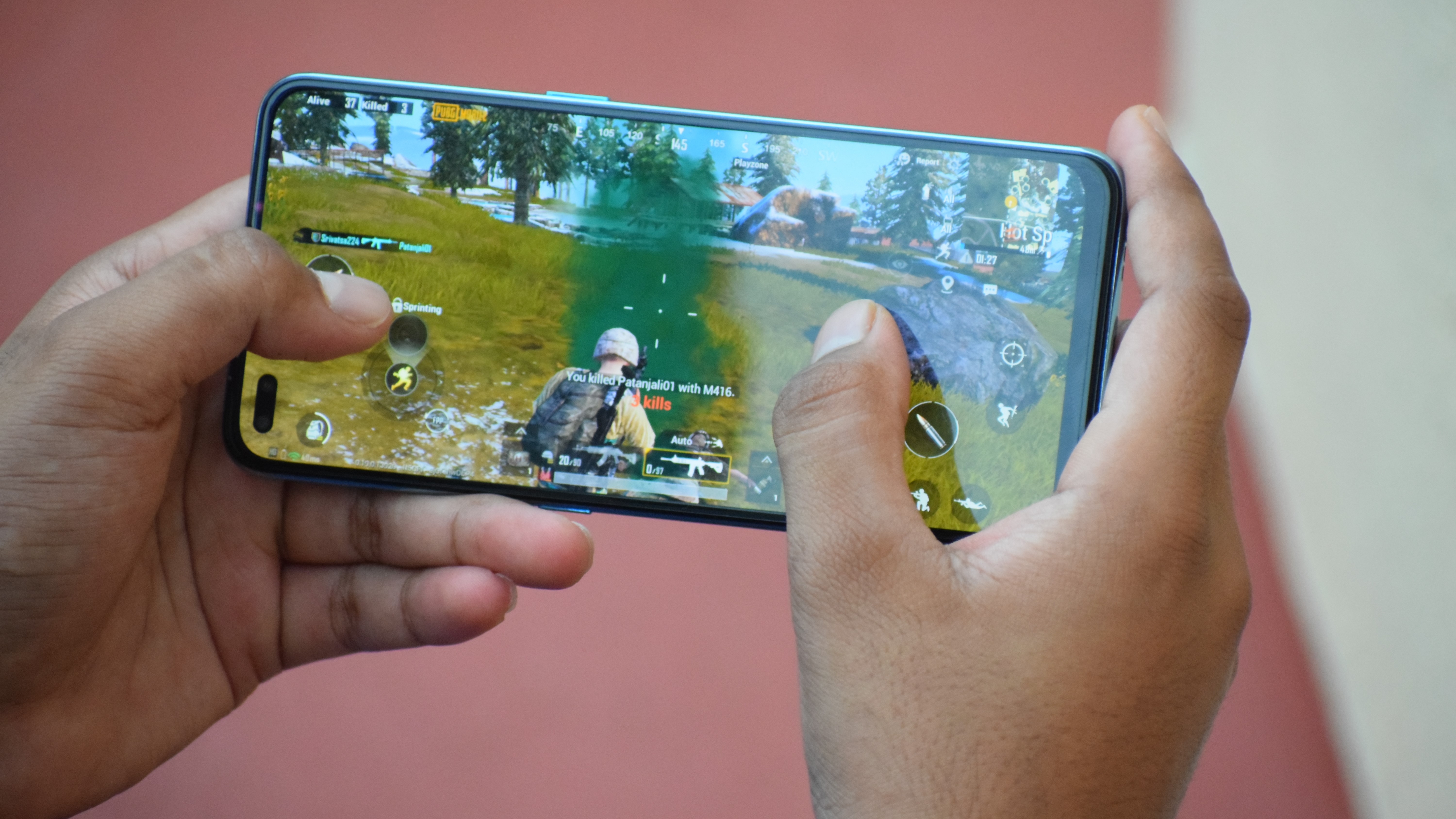
MediaTek banks on a lot of AI-centric features and optimizations, which are actually the strong points of the chipset. The device is quite responsive with some assistance from the anti-lagging technology. The chipset optimization also allows the device to last longer with average battery capacity. More on that later.
When it comes to gaming performance, the F17 Pro falls short. I did not enjoy the gaming experience, especially on a phone that's priced upwards of Rs 20,000. While playing PUBG, we got around 30fps frame rate and we could play the game in High + HD combo. Gameplay was lagged and I wasn't quite happy with the performance.
The graphics took a few seconds more to load and it lagged on a few occasions. We also tried games like Asphalt 9 and the results were the same. HyperEngine gaming optimization is said to improve gaming but, we were definitely not satisfied with it The bottom line is that, stay away from this phone if gaming is your priority.
Camera
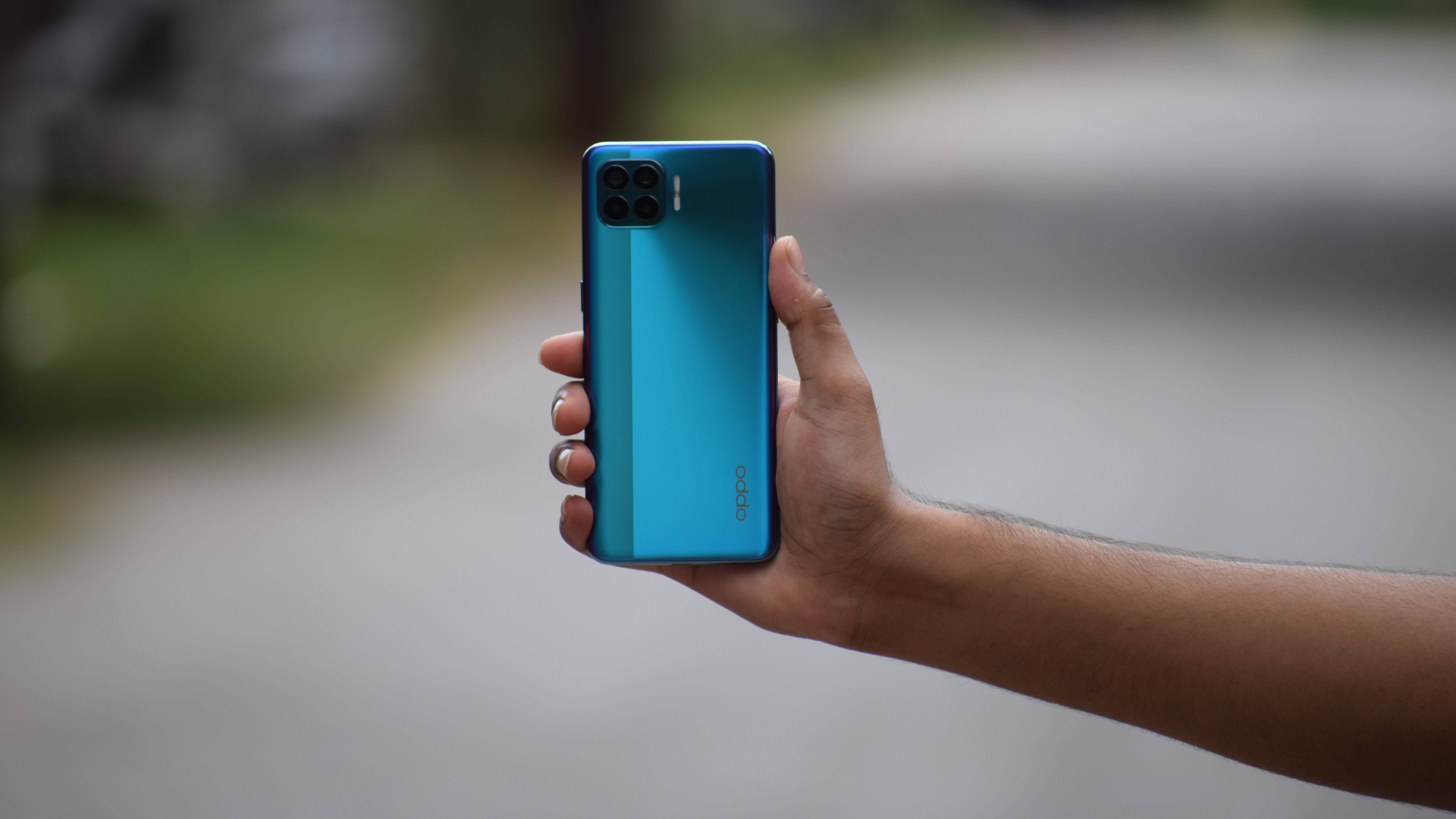
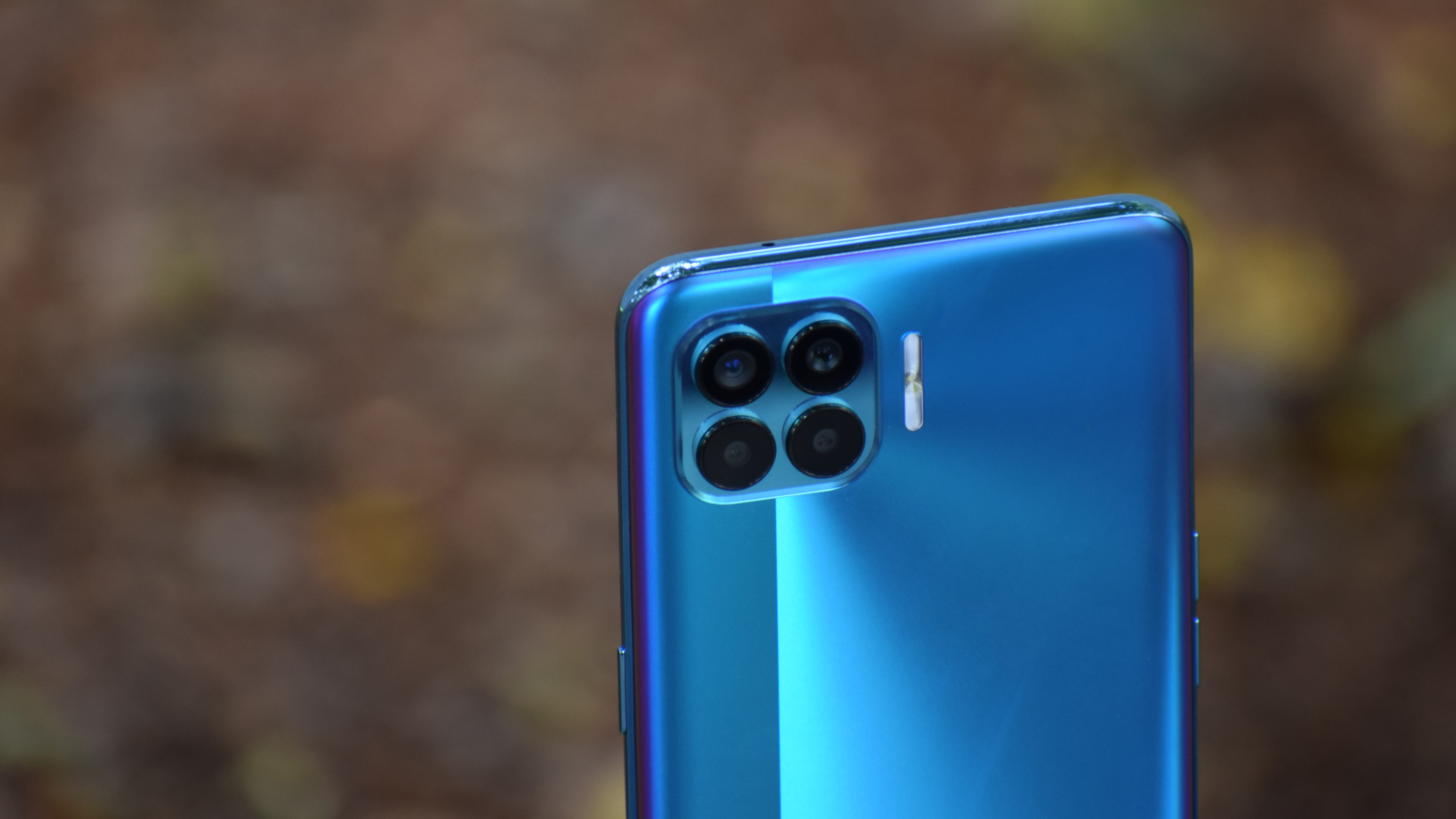
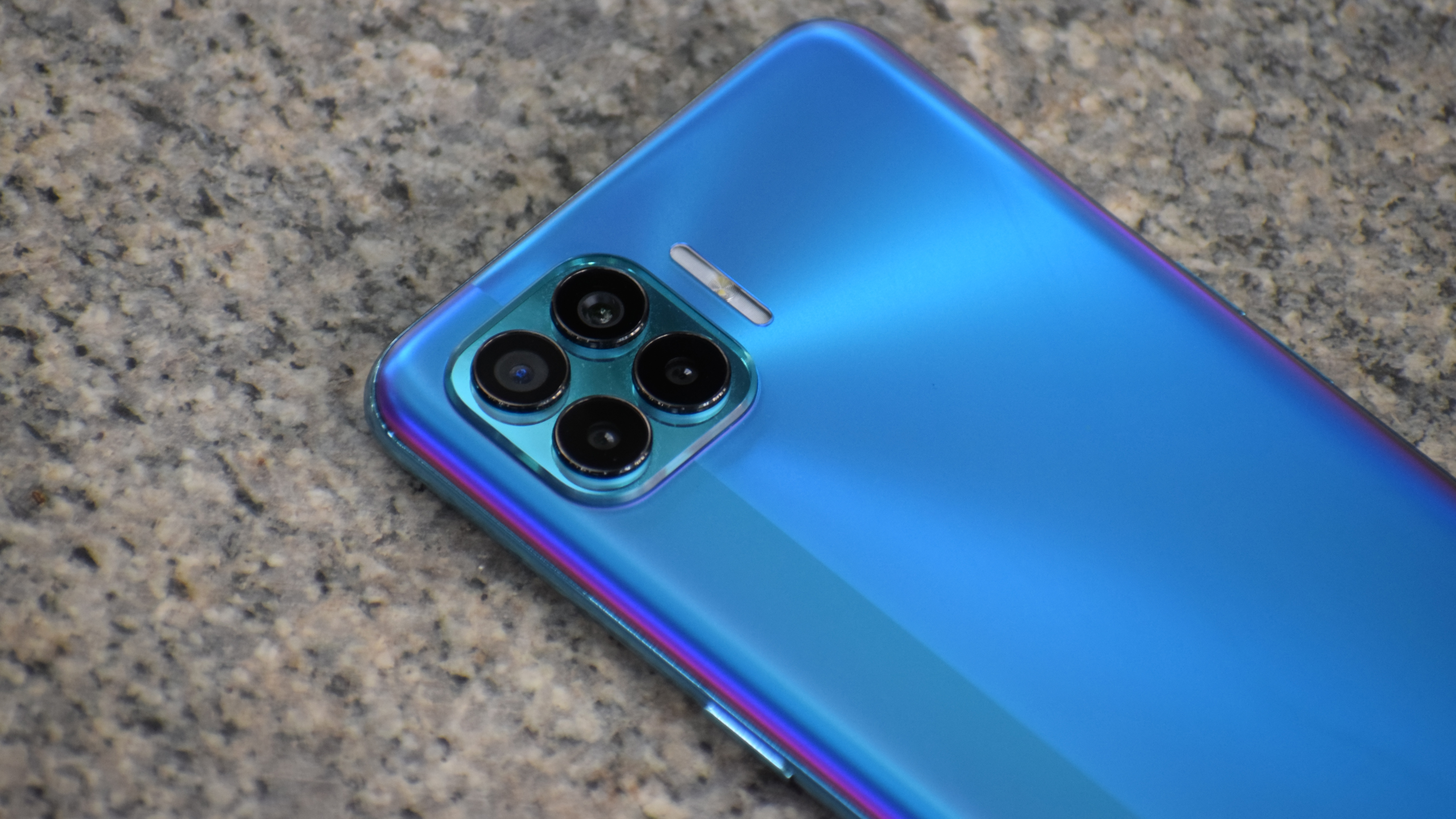
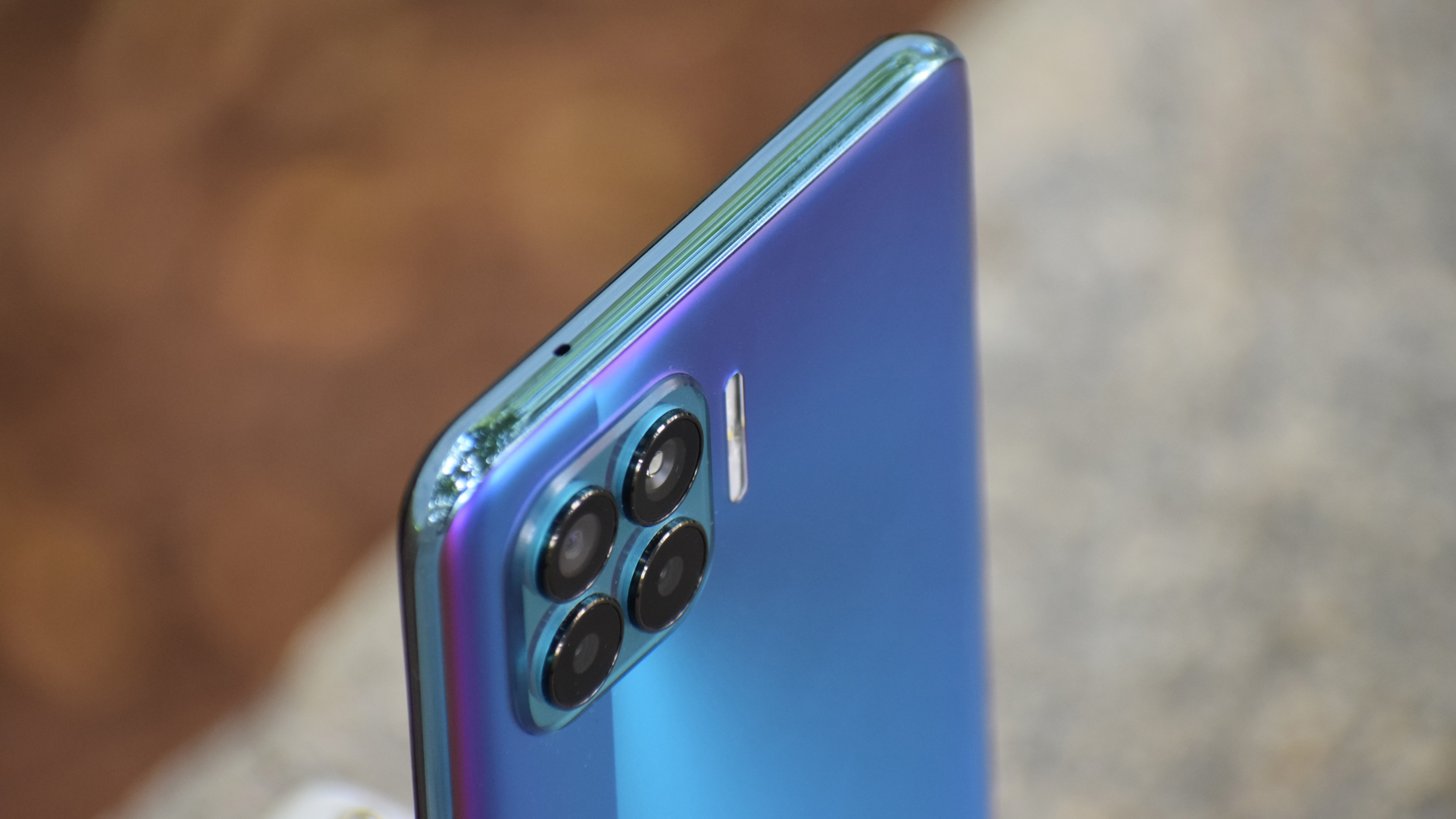
- 6 AI portrait cameras
- 48MP quad-rear camera
- Dual selfie cameras
Apart from the sleek design, Oppo’s promotions and teasers focused on the cameras. There are six cameras in total. Oppo calls them six AI portrait cameras. There is a quad-camera stack at the rear with a primary 48MP ½-inch sensor with f/1.8 aperture, and 8MP ultra-wide shooter followed by two 2MP mono sensors with f/2.4 aperture. You get a bunch of shooting modes such as AI PortraitColor, AI Super Night Portrait, AI Night Flare Portrait, Dual Lens Bokeh, AI Super Clear Portrait, and AI Beautification 2.0.
The camera app is very similar to the Realme camera app for anyone who's familiar. You get Photo, Video, Night, Portrait, and More at the bottom, and the top bar will be changing based on the option you pick at the bottom. By default, the camera takes 12MP photos and you get the option to select HDR, filters, 48MP AI mode, and AI Beautification. For videos, you can capture up to 4K @ 30fps and slow-mo at HD and FHD resolution. You get ultra steady mode and several additional effects with the camera app. It is also possible to capture ultra-wide video on the device.
The primary camera performs pretty well in the daylight and we were able to capture some good pictures with the sensor. The post-processing made images look punchier and the dynamic range was also good. They brought more than a decent amount of detail and colours were retained. Of course, you could switch to the 48MP mode in case you want more details in your pictures.
The ultra-wide shots often missed the dynamic range and the image came out with fewer details but then you got a wider view. In low-light, the wide-angle lens doesn't really cut it and more often than not, the images are barely usable.
Camera samples
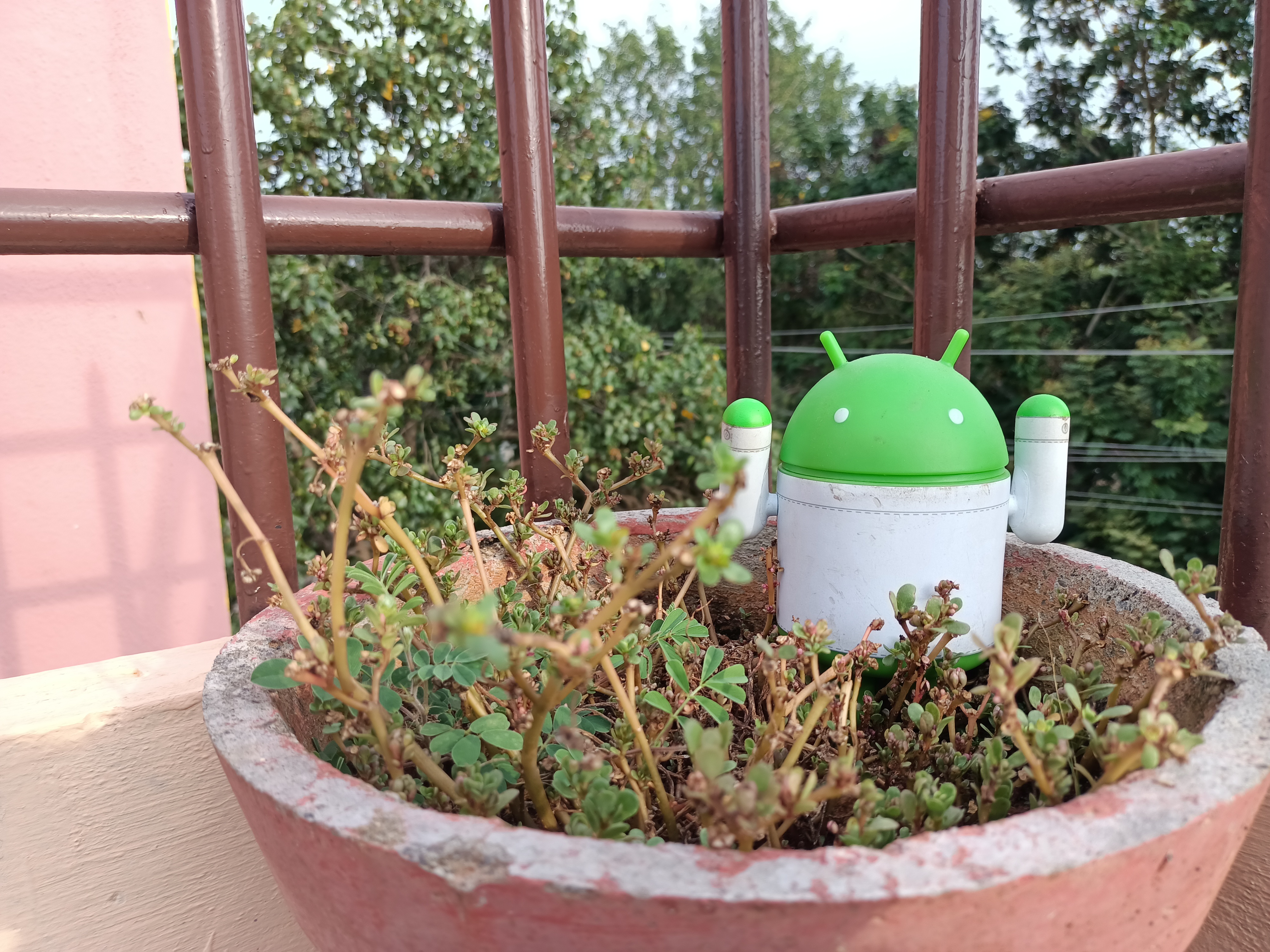
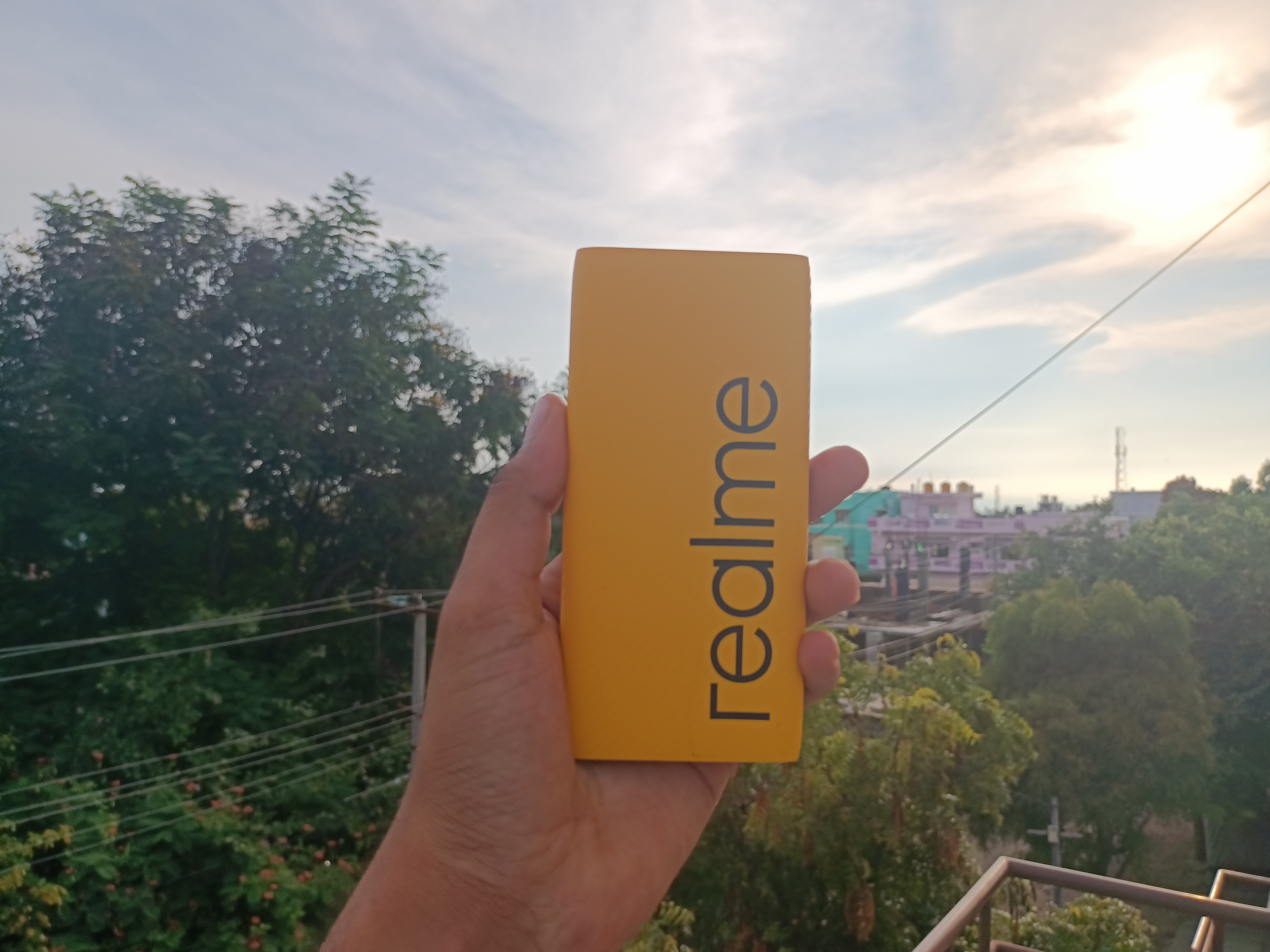
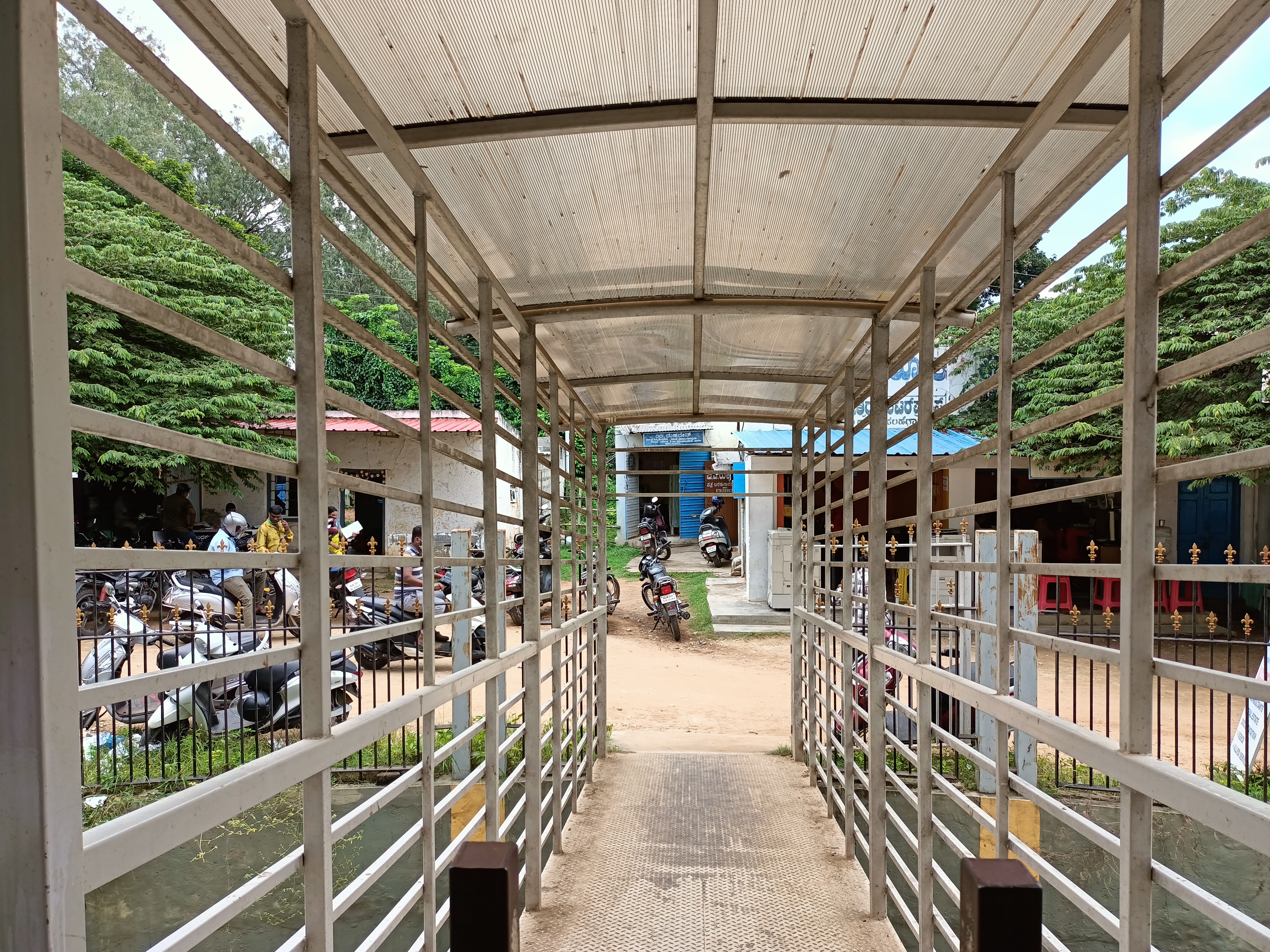
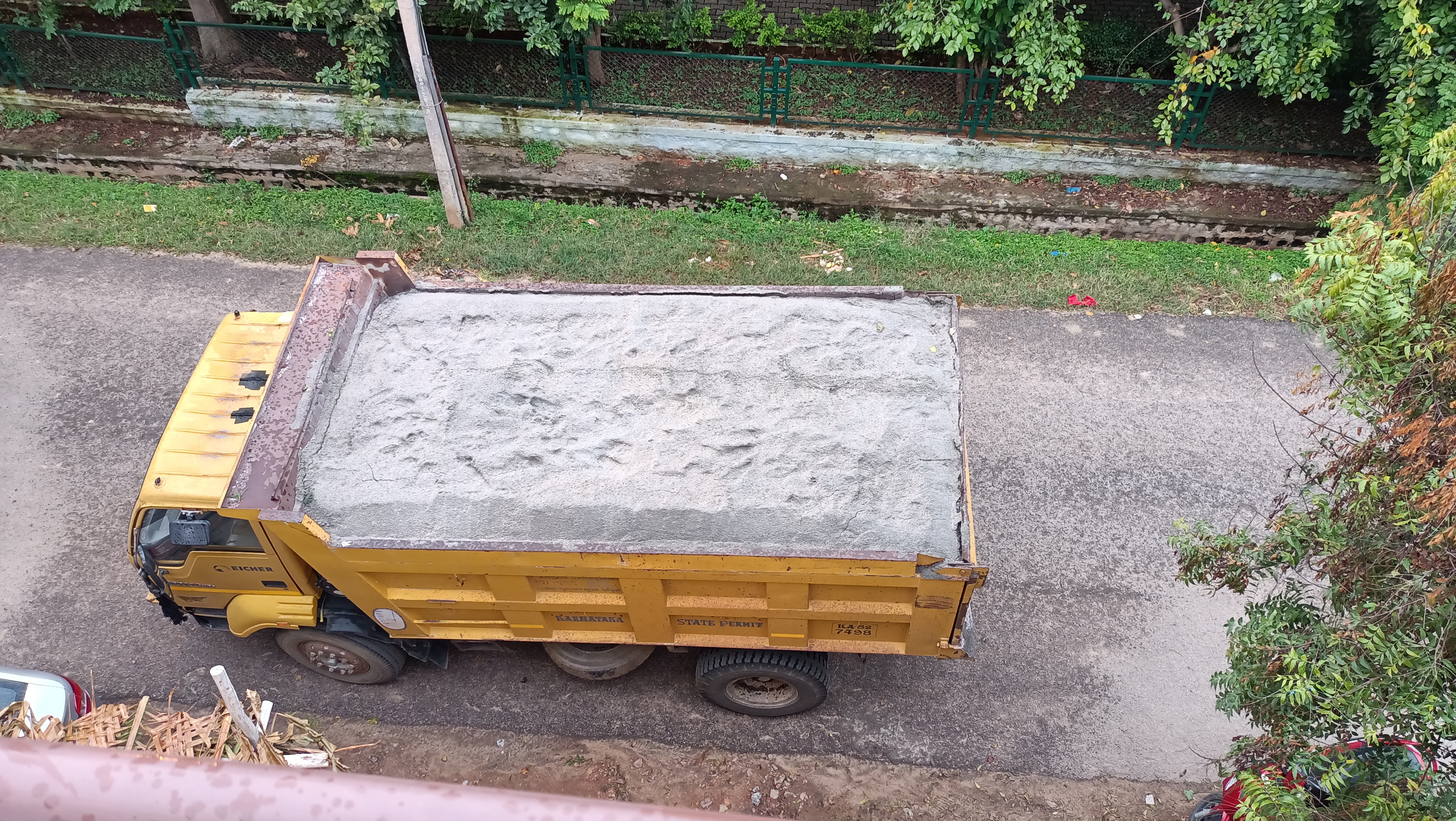
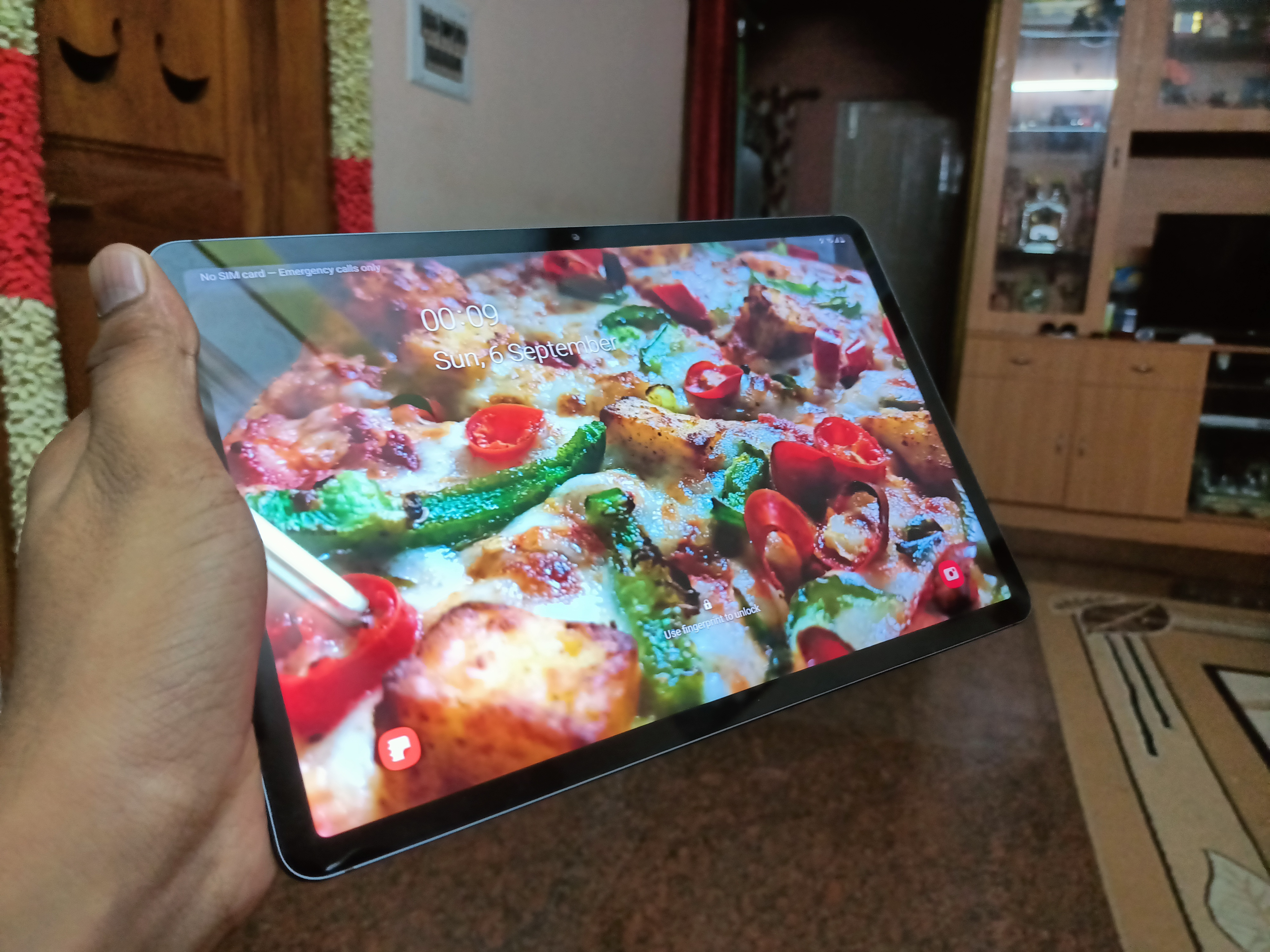

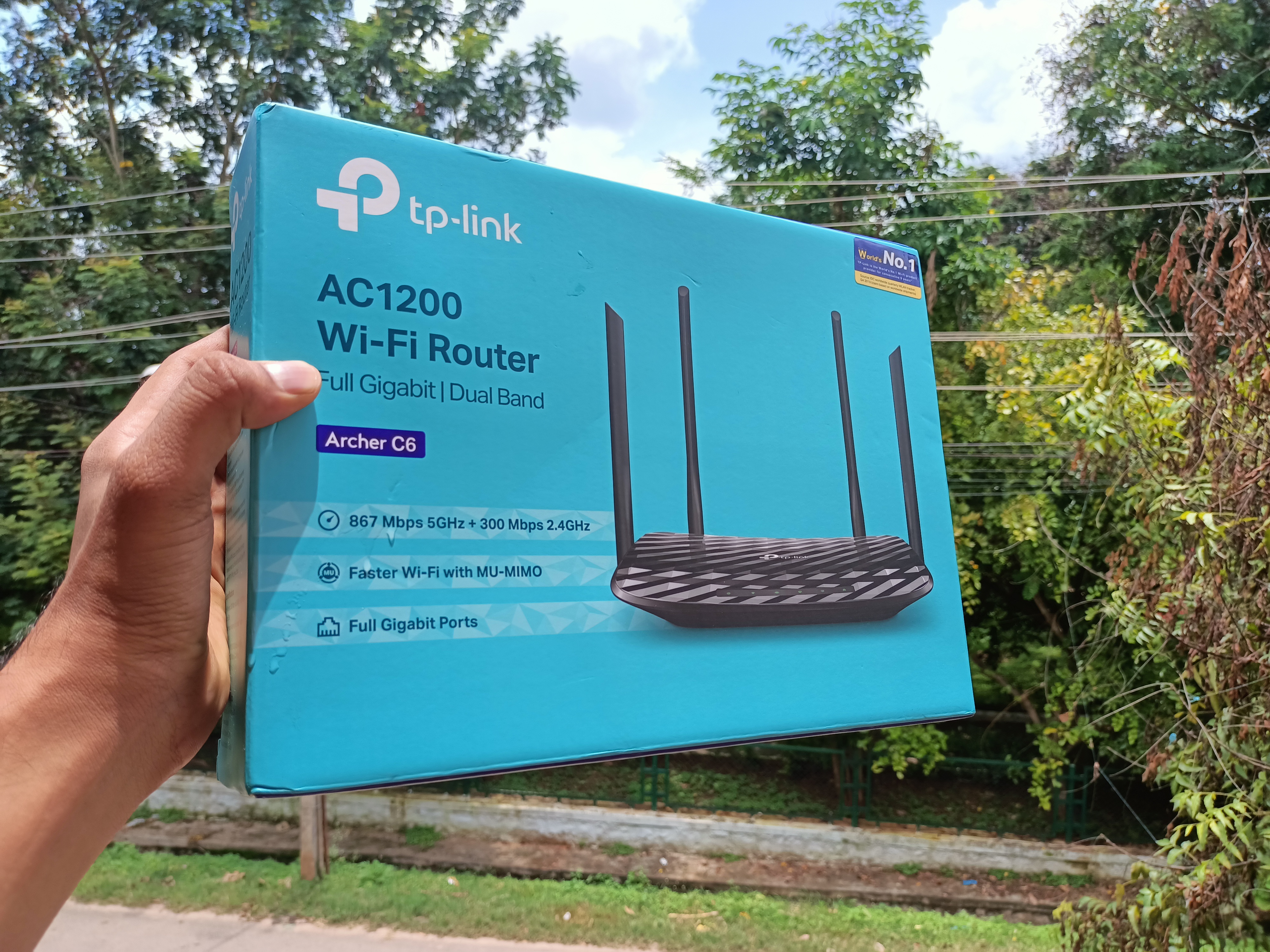
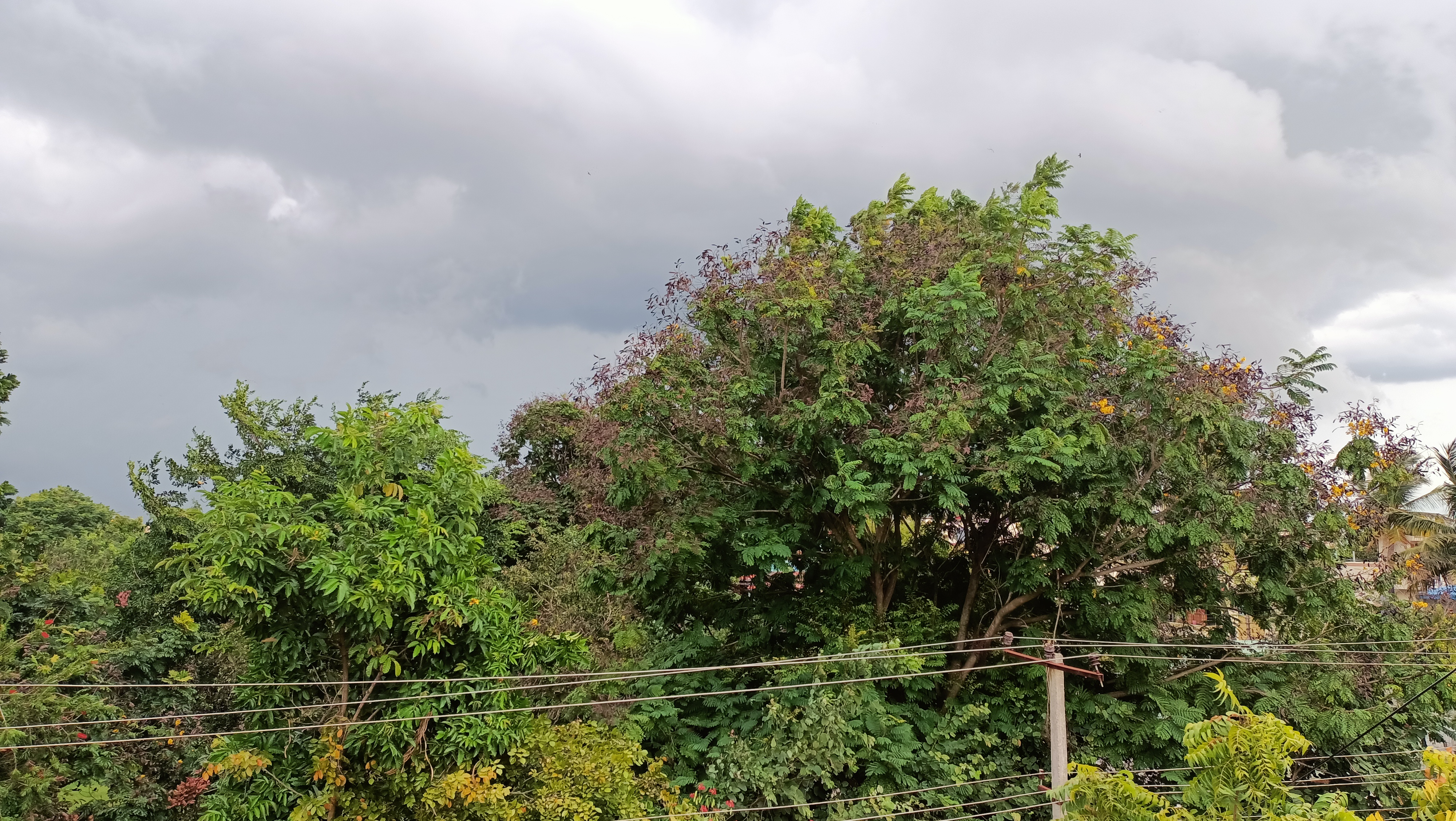
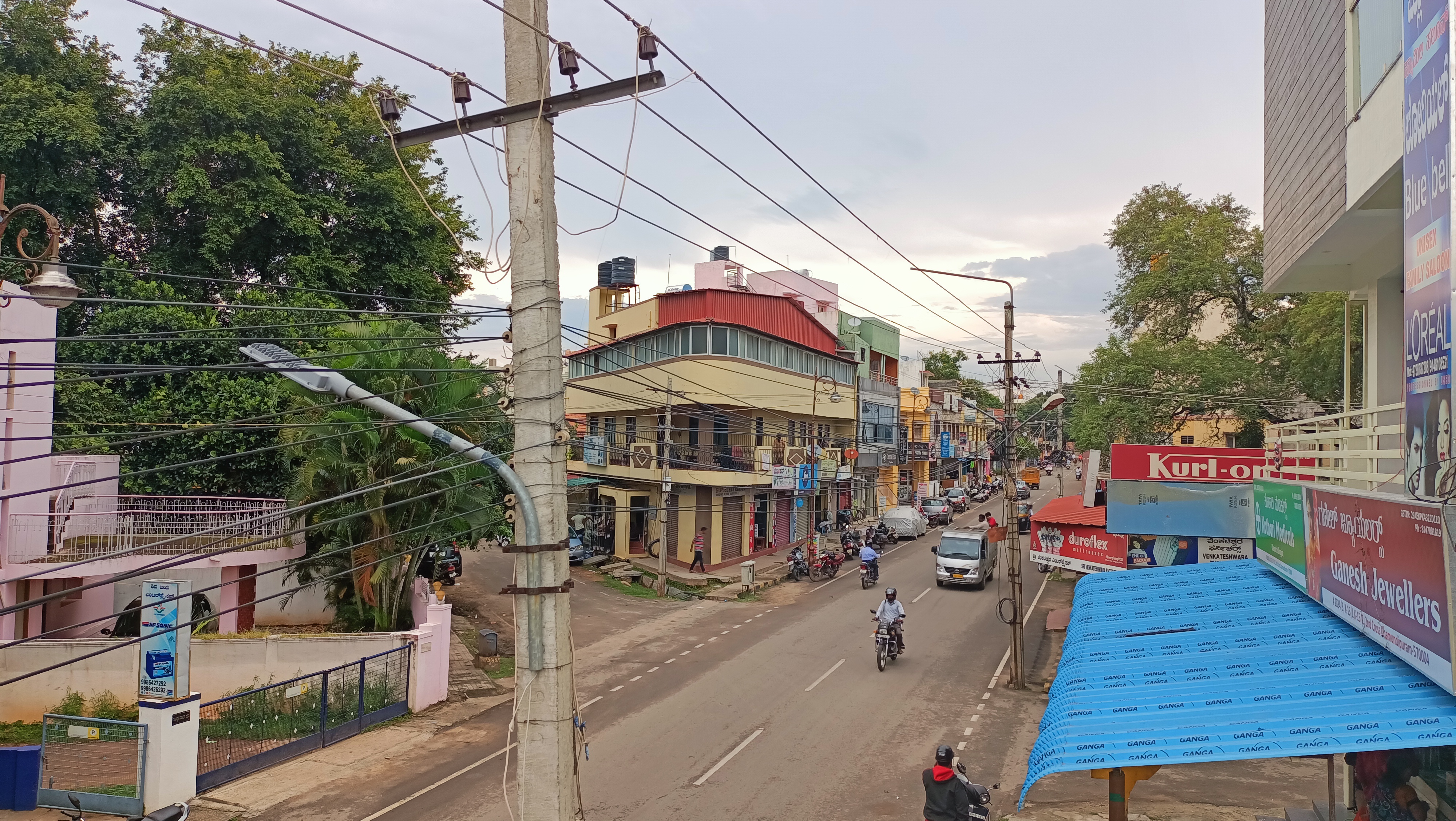
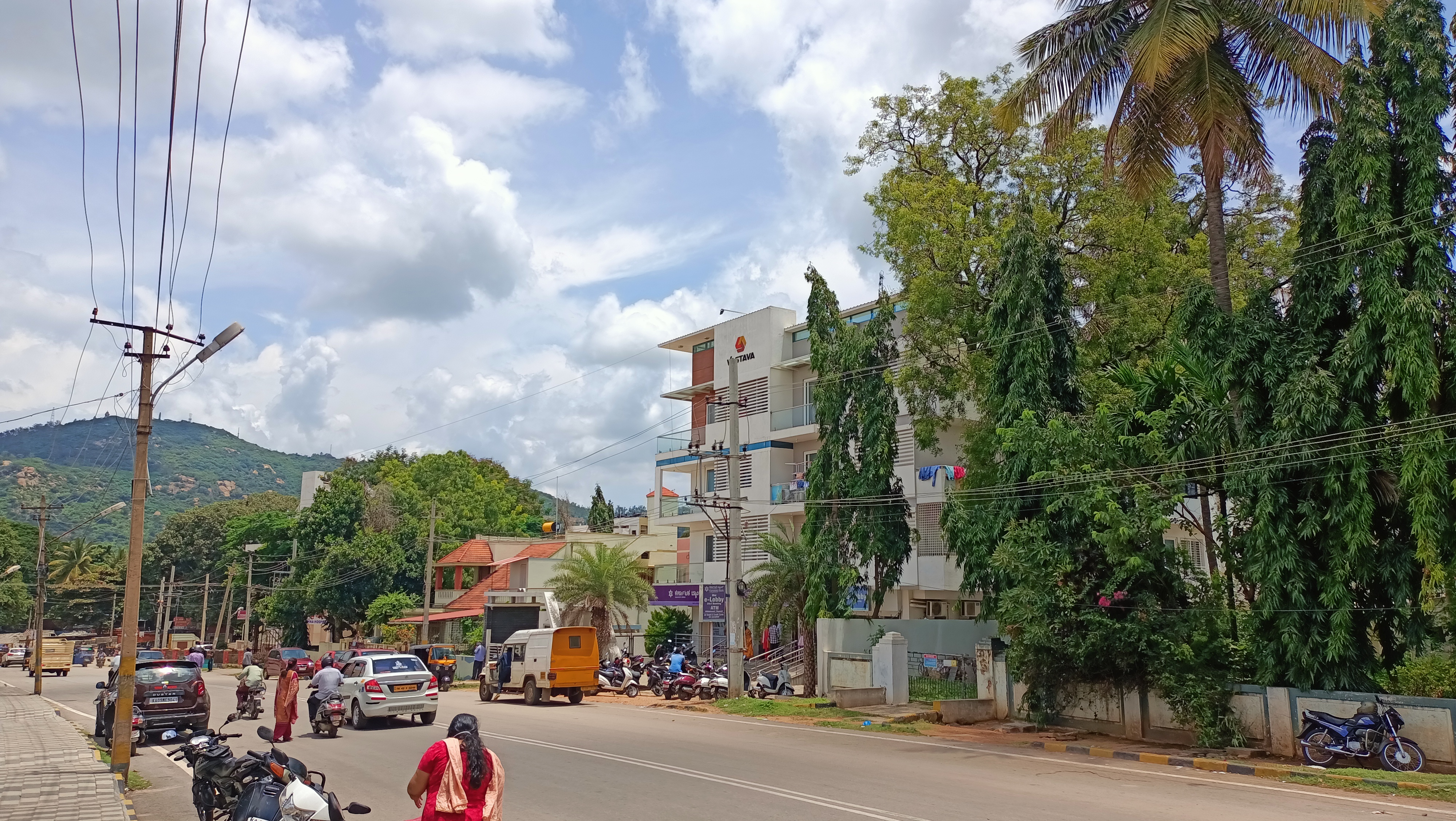

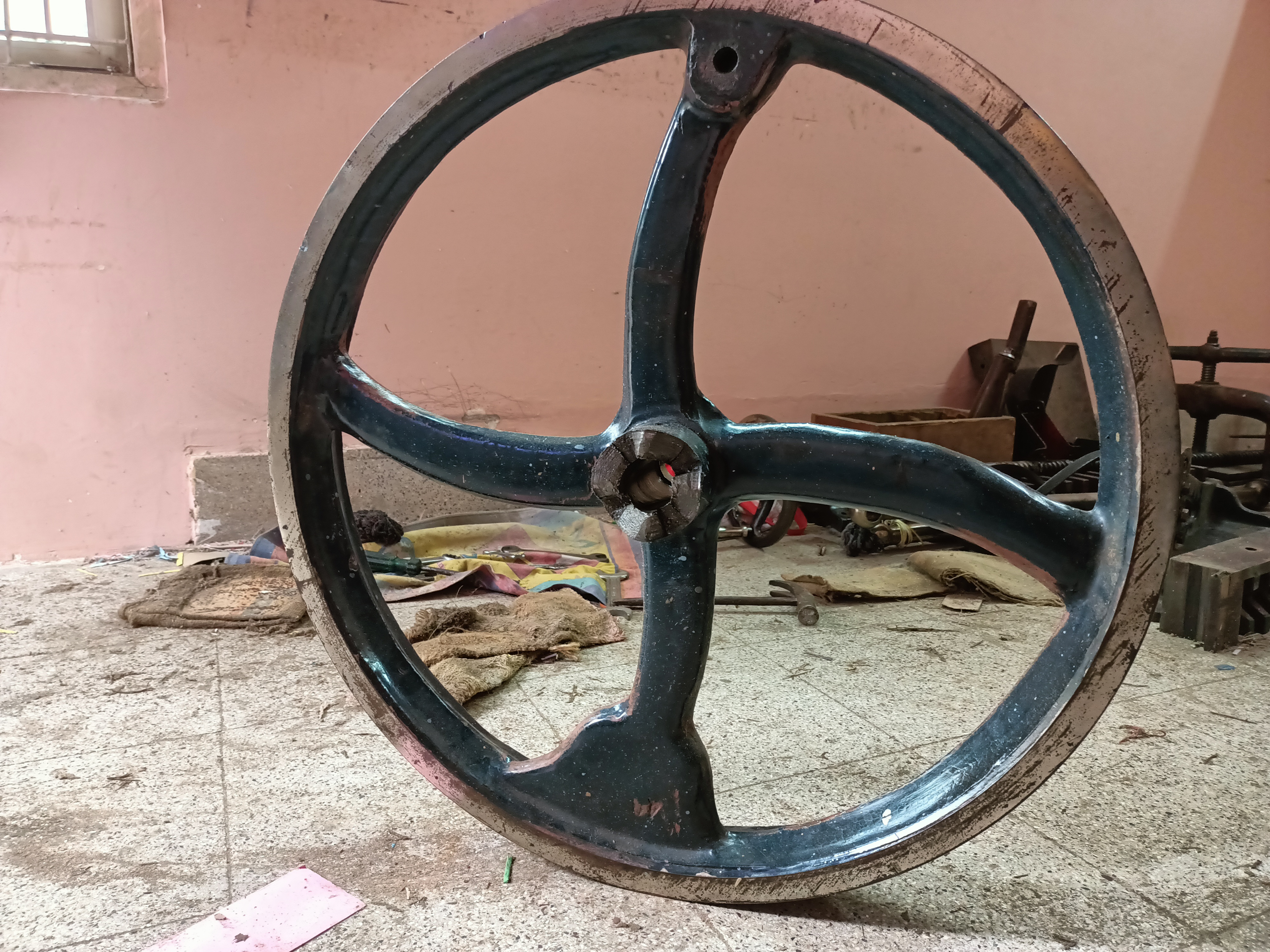
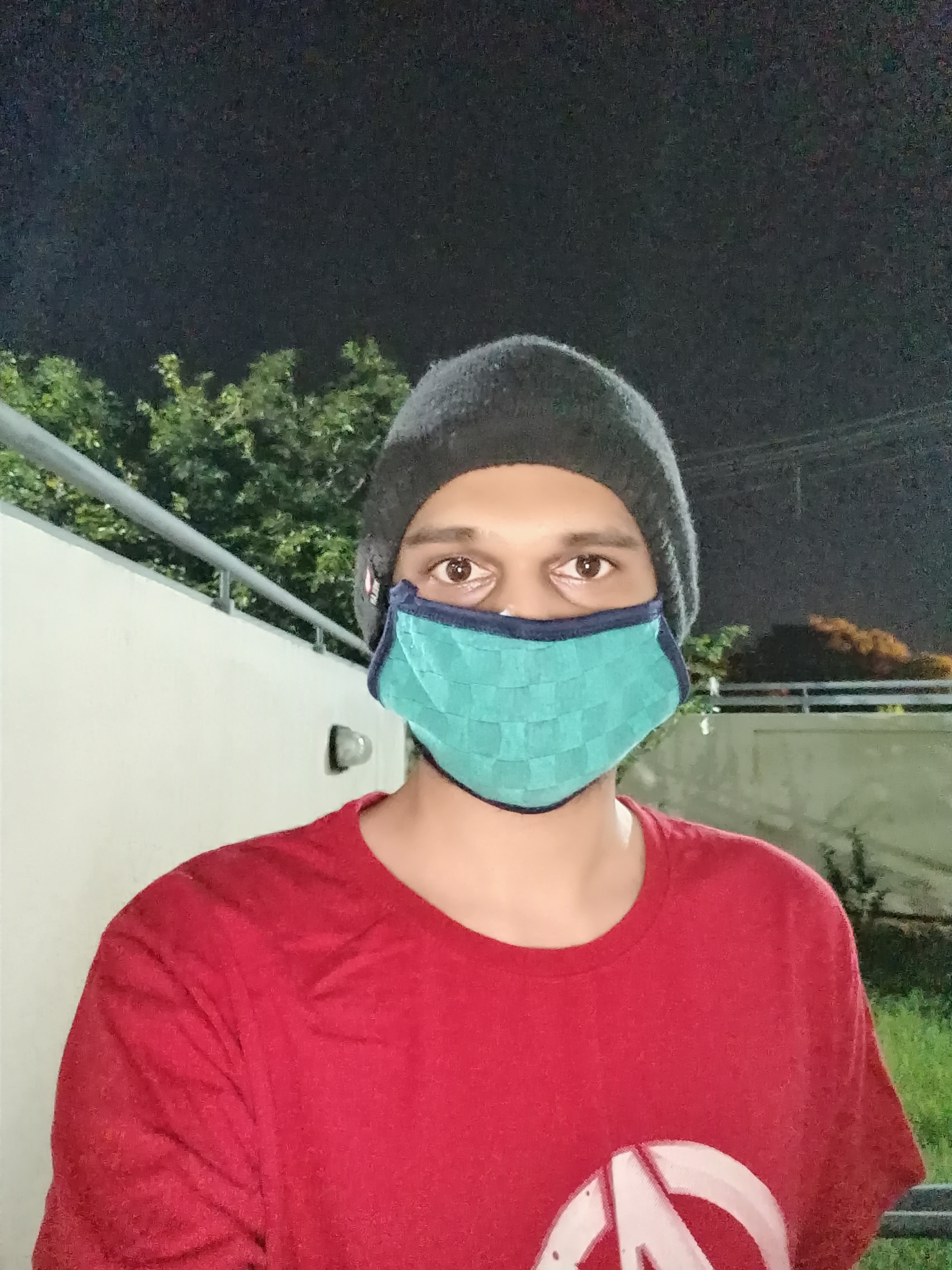


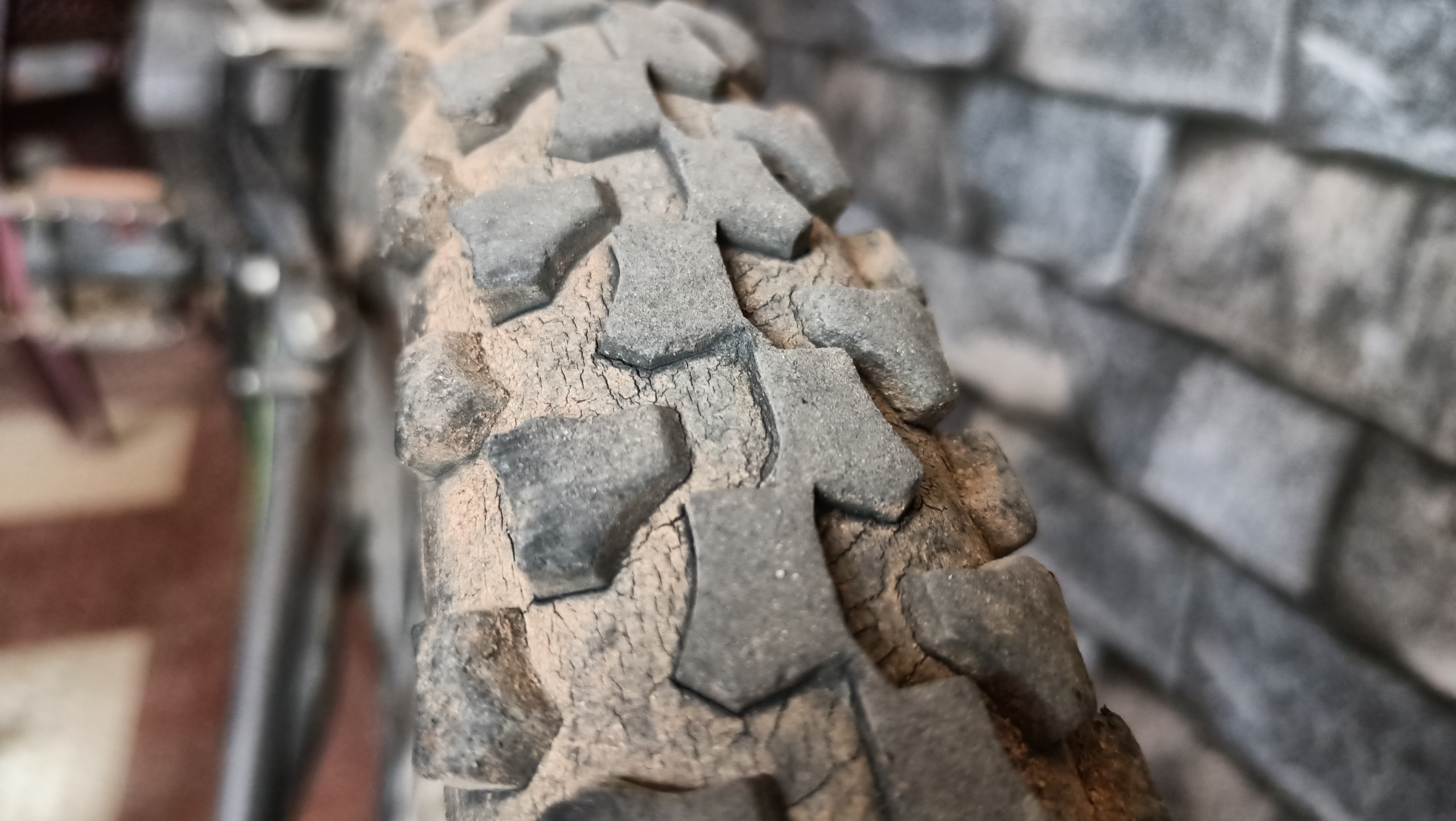
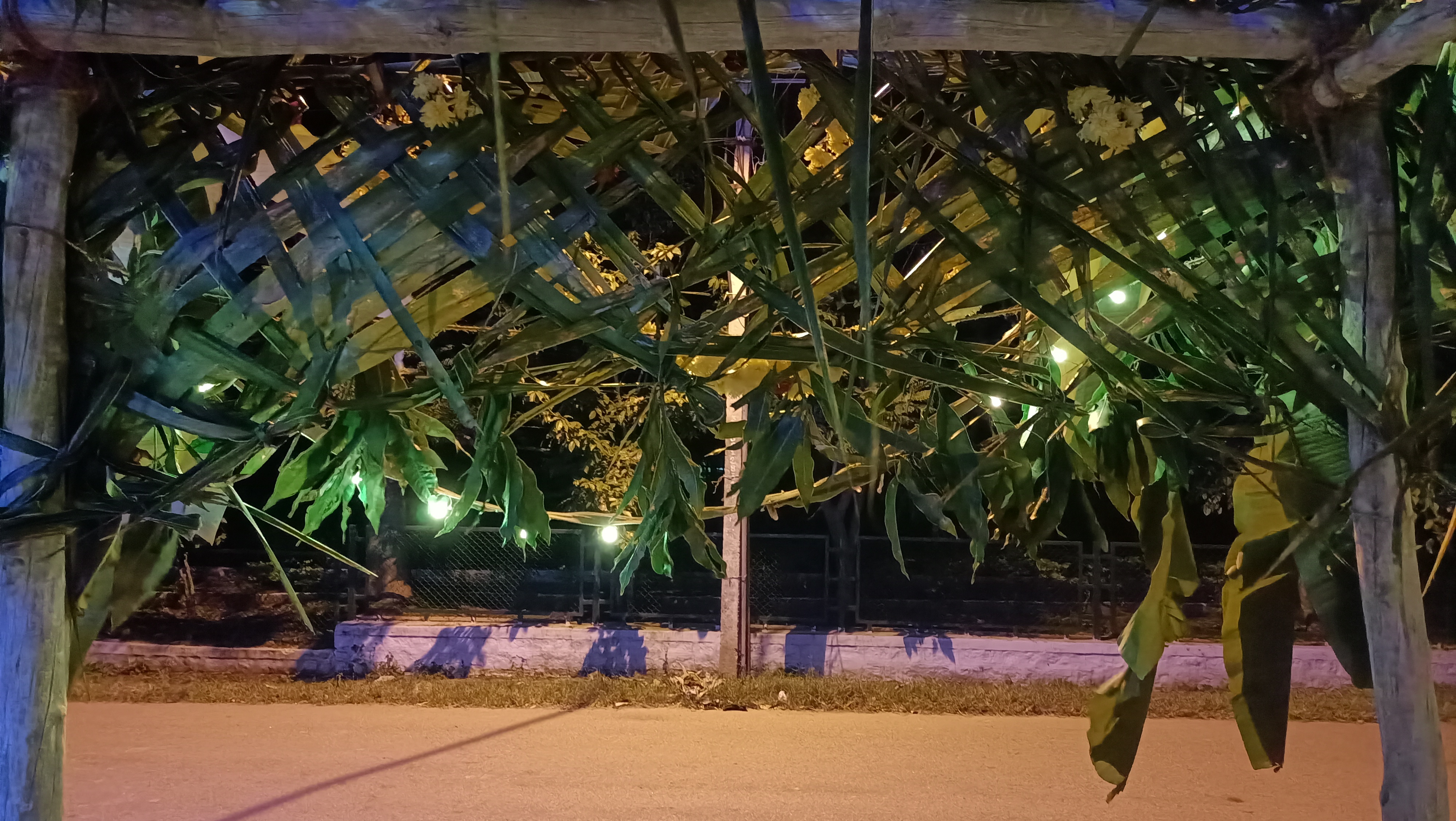
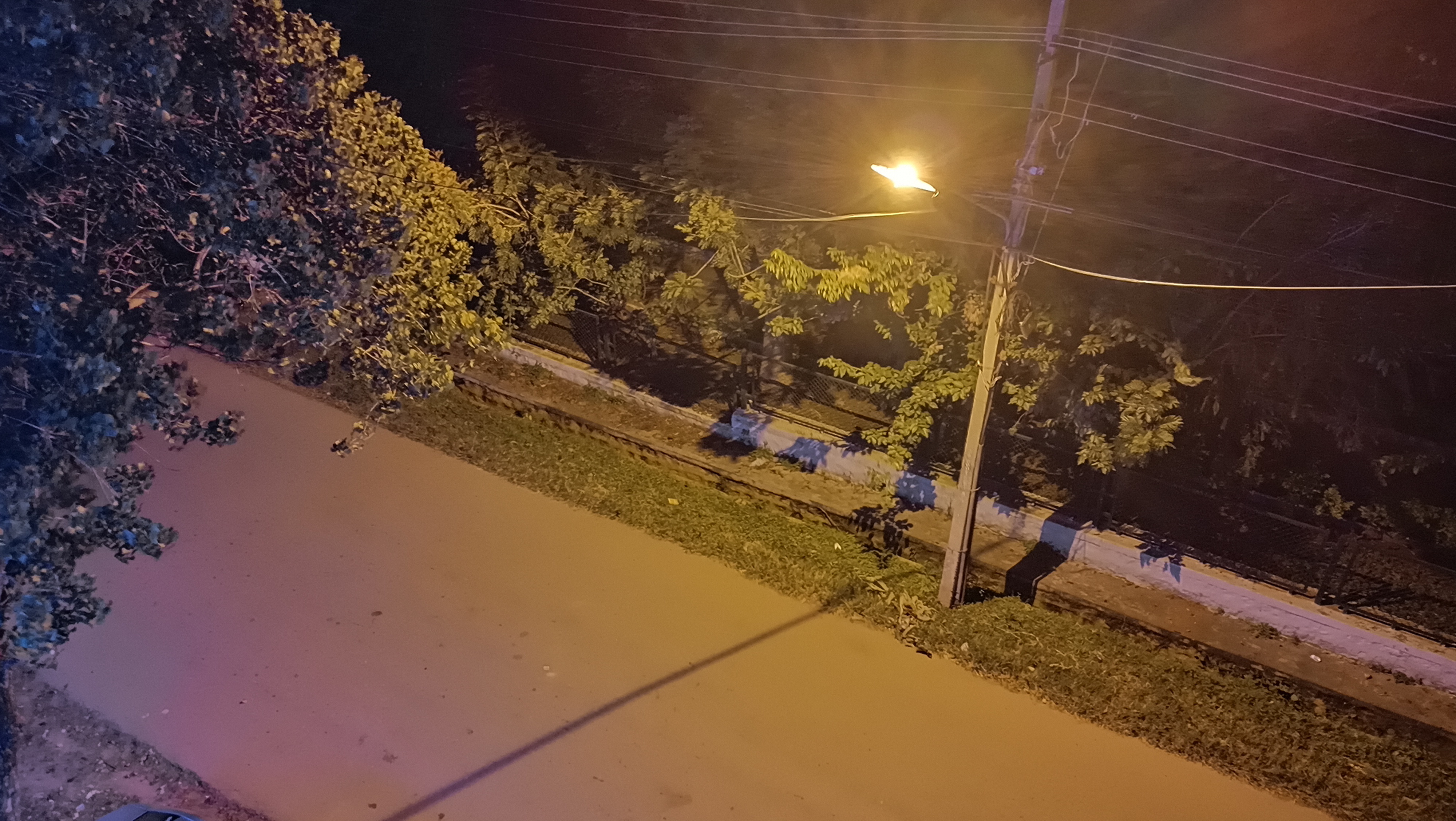
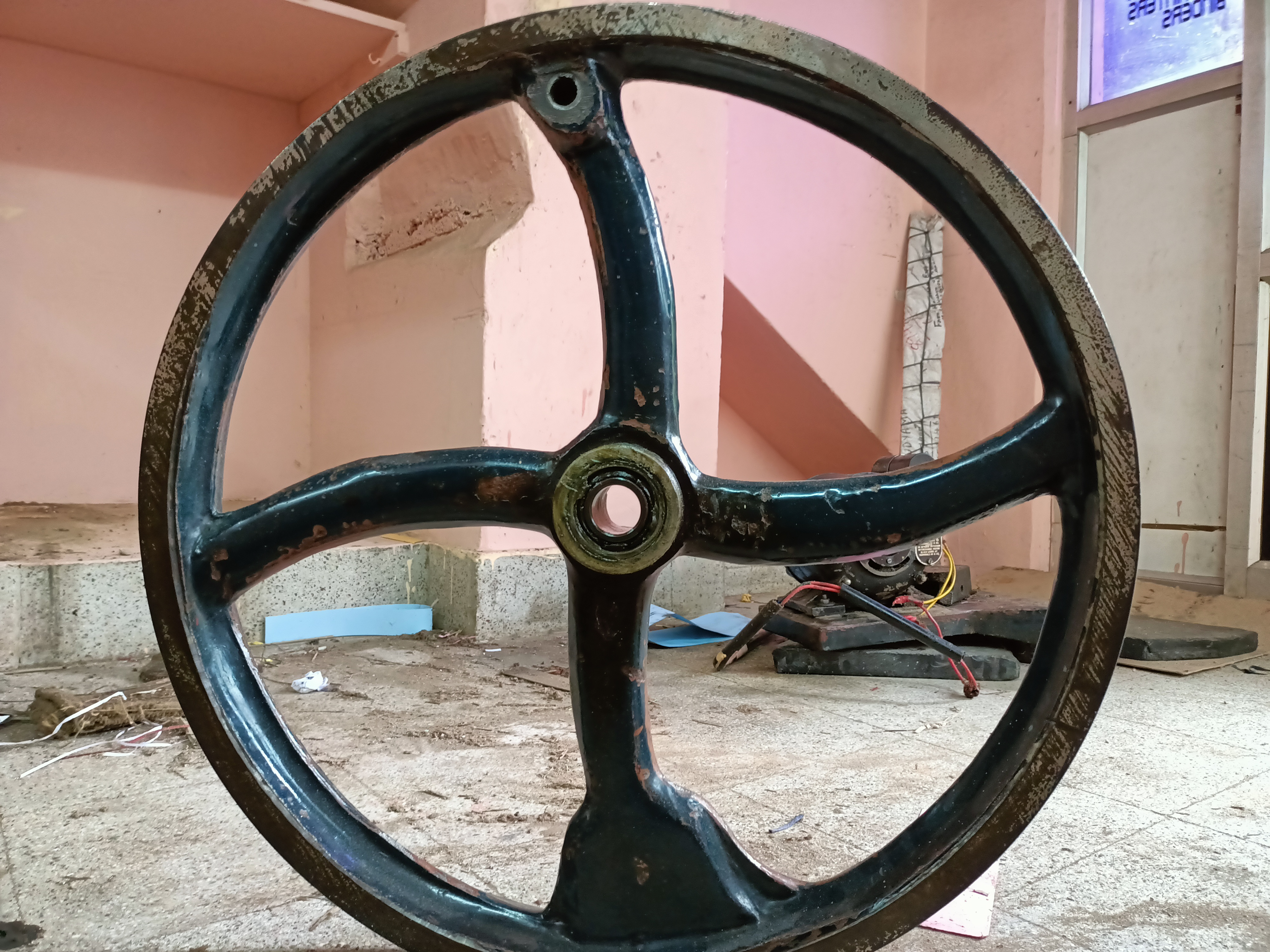
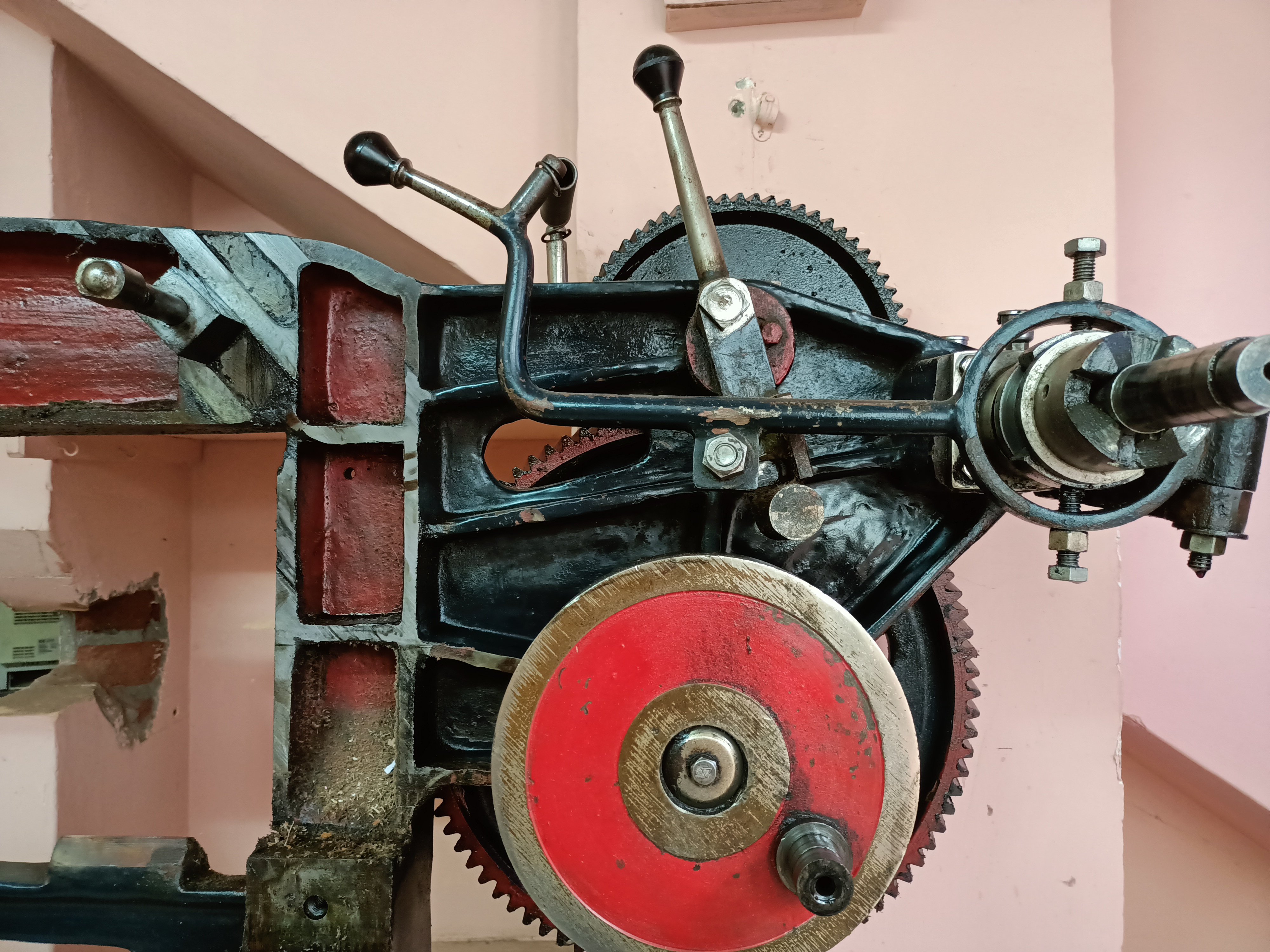

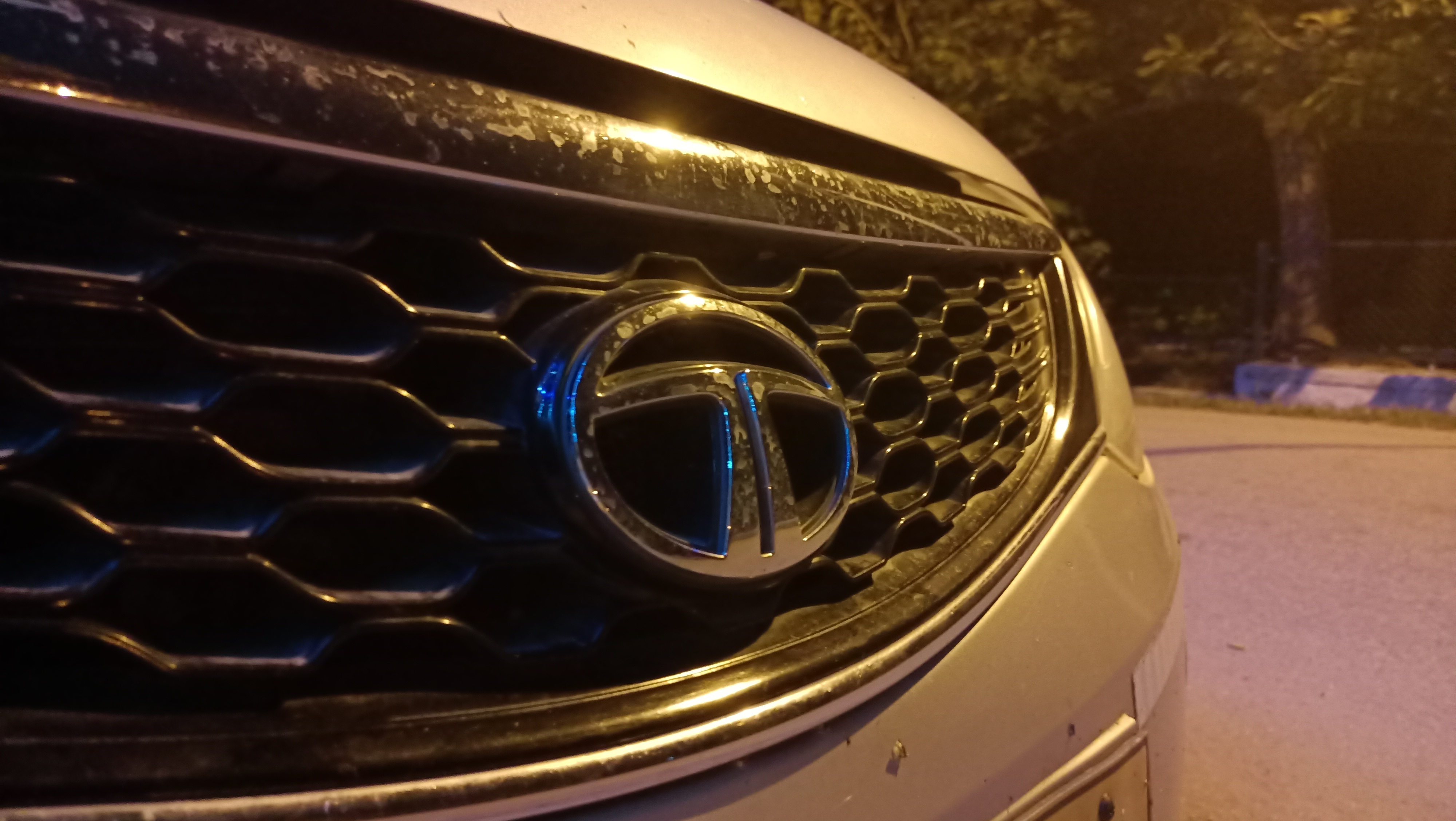



Apart from the primary and wide shooters, Oppo has given a couple of 2MP mono lenses which are handy while shooting the AI modes such as the AI Portrait Color, AI Night Flare Portrait, Dual Lens Bokeh, AI Super Clear Portrait, and more. The AI Portrait Color fades out the background and puts the subject (person) in focus and colours only the subject, which gives a good look.
For selfies, you get a 16MP primary shooter and a 2MP depth sensor. The results were not spectacular either here. We really wish, Oppo had bundled an ultra-wide lens instead of a depth sensor at the front. The edge detection was not up to the mark. However, the pictures which came out were pretty usable and again, you get a ton of modes including AI, HDR, Beautification. The night selfie came out good but it was too noisy and soft. For video calls, the camera is more pretty handy.
For video recording, you can go up to 4K @ 30fps and the quality of the video came out pretty good and usable. However, the lack of OIS is easily noticeable as the videos come out too shaky. To make it for the absence of OIS, the device comes with steady mode, which is a software-based stabilization. This surprisingly works well and improves the video drastically. However, it is not as perfect as the OIS. Apart from this, the camera also comes with stickers, Google Lens integration, Pro mode, text scanner, pano, and time-lapse modes.
Battery
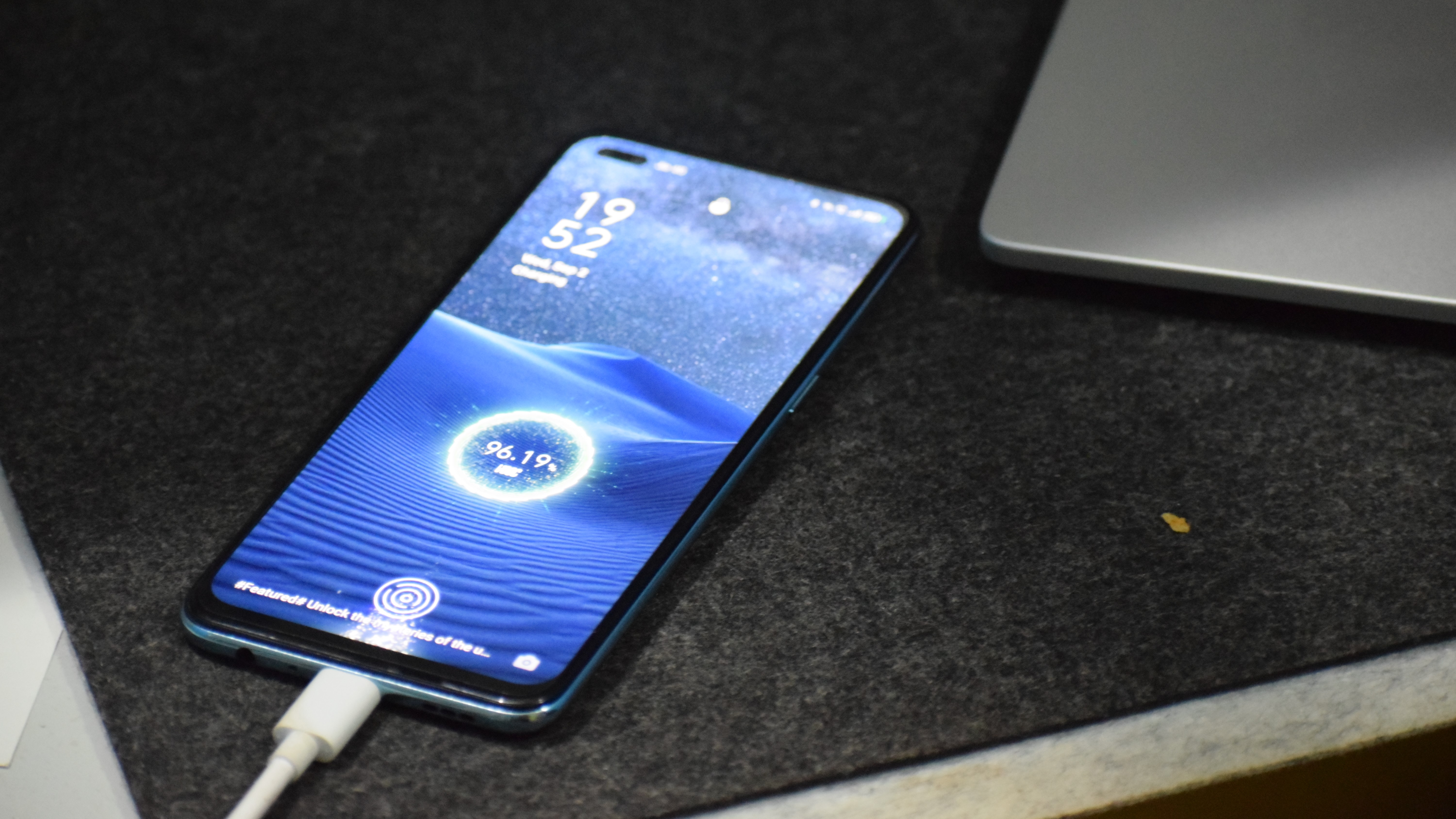
- 4,000mAh
- 30W Vooc flash charge 4.0
- Intelligent power saving
With the slim and sexy design, the Oppo F17 Pro packs in a pretty average 4,000mAh battery. However, with chipset and software optimization, battery life is one of the best features of the device. With my medium to heavy usage, we regularly got around 7-hours screen-on-time. Our usage included social media, WhatsApp, gaming, and streaming content. On most days we could go without charging for a day and a half.
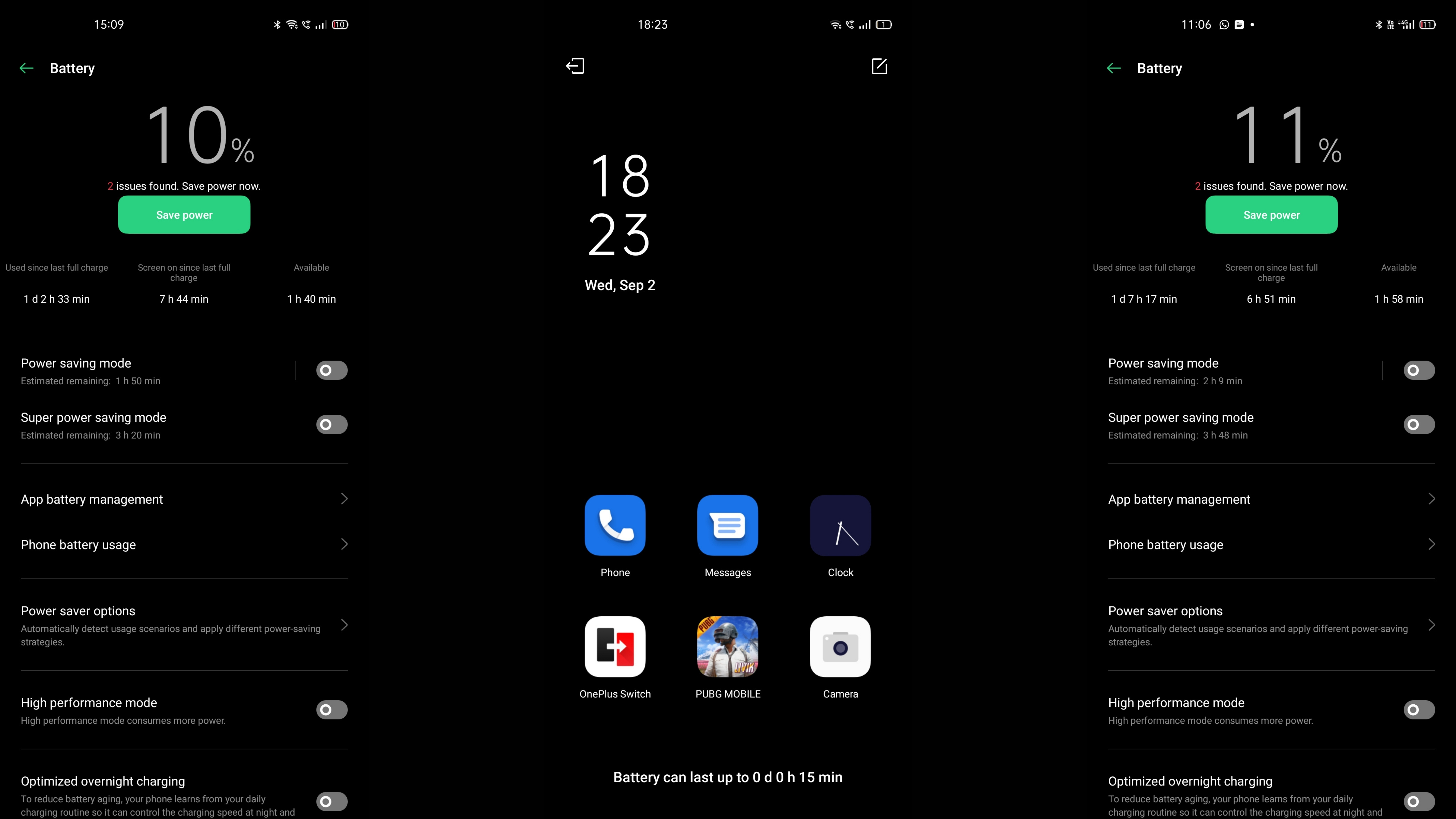
There is also a dedicated Intelligent power saving mode with which you can enable and get more life out of it. With 5% battery left, we got around 20 minutes of gaming and Oppo claims you can get around 70minutes. (no one to test).
The F17 Pro is bundled with a 30W VOOC Flash Charge 4.0 which Oppo claims is capable of taking the phone from 0 to 100 in just 53 minutes. In our testing, the device took about 57 minutes to charge. The first 30 minutes charge can juice up the device 65%. For those who still prefer overnight charging for some reason, Oppo has included AI Night charging which optimizes charging at night and reaches 100% battery just before you wake up. The AI uses your sleep pattern and redistributes the last 20% of the charge.
Current page: Performance, Camera, Battery
Prev Page Two-minute review, Price, Design, Display Next Page Software, Audio, VerdictSrivatsa is a prolific writer who spearheads the core writing team on tech news, buying guides, reviews, and all gadget articles. He is passionate about technology.
